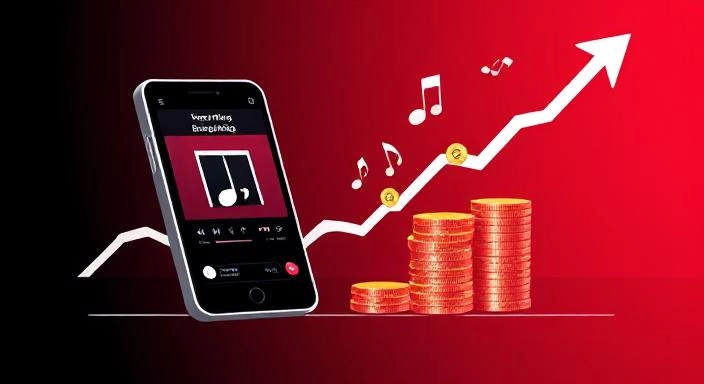Why Music Rights Are Becoming Institutional Gold
Since 2020, music catalogs have turned into serious investment vehicles. Between 2020 and 2024, over $8 billion in music royalty securitization deals were executed, including:
Concord’s $1.8 billion A+-rated bond backed by more than 1 million songs, offering long-term stability.
Hipgnosis’ $1.47 billion catalog securitization from Blackstone-backed assets.
These deals package streaming, licensing, and performance royalties into structured, bond-like offerings—ideal as reliable, non-cyclical income streams.
Institutional Backing: Big Funds Love Music Royalties

Institutional investors are making major moves:
Raven Music Partners, a JV backed by Aquarian Holdings, is deploying $250 million into 15,000 song rights, aiming for 4%–13% annual returns.
Music royalties are now often compared to infrastructure assets—reliable, consistent cash flow with low correlation to traditional markets.
Democratizing Access: Platforms for Smaller Investors
Retail and semi-pro investors now have access through platforms like ANote Music:
Since launching in 2020, ANote has facilitated over €10 million in transactions, distributed €1 million in royalties, and averaged 11–12% annualised returns.
Their marketplace allows fans to invest in catalog shares, earn payouts every 5 days, and trade catalogues easily.
Music Royalties vs Other Asset Classes

Why are music royalties attracting so much attention?
1. Predictable, long-lasting cash flows (streaming ensures recurring income across years or decades).
2. Transparency & data from streaming platforms enable granular performance tracking and risk assessment.
3. Diversification benefit — music royalties move independently of stock market swings.
4. Growth avenues like sync licensing, playlist curation, and global streaming expansion fuel additional returns.
Final Thoughts
Your Spotify stream isn’t just a play—it’s part of a booming financial ecosystem. As music royalties become securitized like real estate or utilities, they’re emerging as compelling alternative investments for both institutions and individual investors. This shift is creating a new path where music consumption can translate into passive income—with streaming royalties as a source of long-term value and reliability.
Dicover more – Global Music’s Future: Blending Genres, Aesthetic Grit & Tech-Driven Sound
Disclaimer: The information provided on this site is for general informational purposes only. All content is provided in good faith; however, we make no representations or warranties as to the accuracy or completeness of any information.
